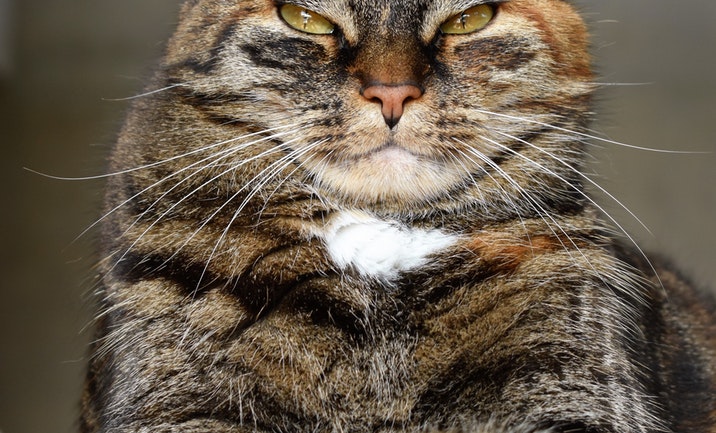It is probably the worst news to hear that your fur baby has been diagnosed with diabetes. Some owners are probably scared, shocked and potentially mad at themselves for their cat’s condition. Luckily the disease is treatable and can be reversed if the cat is monitored closely. Here are the best recommendations for taking care of your diabetic cat.
Indoor vs Outdoor Cat
If your cat was both an indoor and outdoor cat, it is best if you no longer let your cat outside. It may seem cruel but it is vital to your cat’s health. If you weren’t overfeeding the cat in your home, then he/she was getting food elsewhere. That food was probably high in carbs like bread. Furthermore, you can monitor their hunger level and it will be easier to control their diet. This is the first step to managing and potentially reversing the disease.
Change in Diet
Your cat will need to change its diet. We recommend the cat only eat Hill’s Science diet weight loss dry food until your cat’s weight stabilizes. Dry food is healthier and lower in calories than wet food. Wet food is the equivalent to eating a hamburger every day. After your cat is used to the new food and the vet thinks the cat is at a stable weight, then switch over to Hill’s Science diabetic dry food. This will provide the nutrients that your kitty needs.
Water
Before your cat was diagnosed, you might have noticed that he/she was drinking more water than usual. This is the first step in recognizing diabetes. Once diagnosed, if your cat’s blood sugar is too high, then you he/she will drinking a lot of water to try to regulate its body. Keep a close eye and make sure they are drinking enough or too little.
Blood Sugar Monitoring
This is most critical aspect of reversing and treating the disease. In the beginning, you will need to learn how to monitor the blood sugar levels. A healthy blood sugar level for a cat ranges from 180-280. If the cat is above 300 that means it has eaten too much and needs insulin to regulate the blood sugar. If the cat is below the 100 or lower, then the cat needs food immediately because it is life threatening and is in danger of being hypoglycemic. Hypoglycemia is when your cat blood sugar level is very low. The blood sugar provides the main energy for your cat. If this happens, you will have to take your cat to the vet immediately. They will have to go on fluid control and most likely stay overnight at the hospital.
To monitor the blood sugar, your vet will recommend a device that is easiest for you. Most likely Alpha Trak monitor. It is an easy to use device, however, you will have to purchase the strips and needles. This is one of downsides. To monitor the blood you will prick the cat’s ear twice a day before meals to check the glucose level. This will give you an idea of how well your cat is regulated. If the cat’s level is swinging often then you will have to monitor more closely.
Insulin Therapy
After your cat’s diagnosis, the vet will determine based on its food intake and weight, how much insulin it should receive. As previously mentioned you will use the Alphatrak to monitor the level. The next step is talk to your vet about which insulin works best for cats. You will have to give your cat a shot twice a day in the back of neck. The amount of insulin depends on your cat’s weight and will change over time based on how the cat reacts to the insulin. To give the shot, pull the cat’s neck where it has extra skin and fat and administer the shot. The cat won’t feel anything and should hardly notice.
How do I get insulin into the syringe?
- Shake the insulin bottle
- Remove the plastic cap from the needle.
- Fill the syringe about one-fourth with air.
- Push the needle through the rubber and into the bottle
- Pull twice as much insulin into the syringe as you need
- Remove the needle from the bottle.
- Flick the side of the syringe so that any air bubbles go towards the needle.
- Push the needle back into the bottle and inject the excess insulin into the bottle.
Cost
The worst part of this disease is the cost of treating your cat. Here is a list of the costs
- Insulin $300 a bottle. Can last up to 3 month depending on the dosage
- Needles and strips. $50 for 30 strips.
- Science diet food is $40+ a bag
Conclusion
It may seem daunting at first but over time it will become part of your daily routine. As you take care of your cat with the instructions above, it is possible the disease be reversed.

